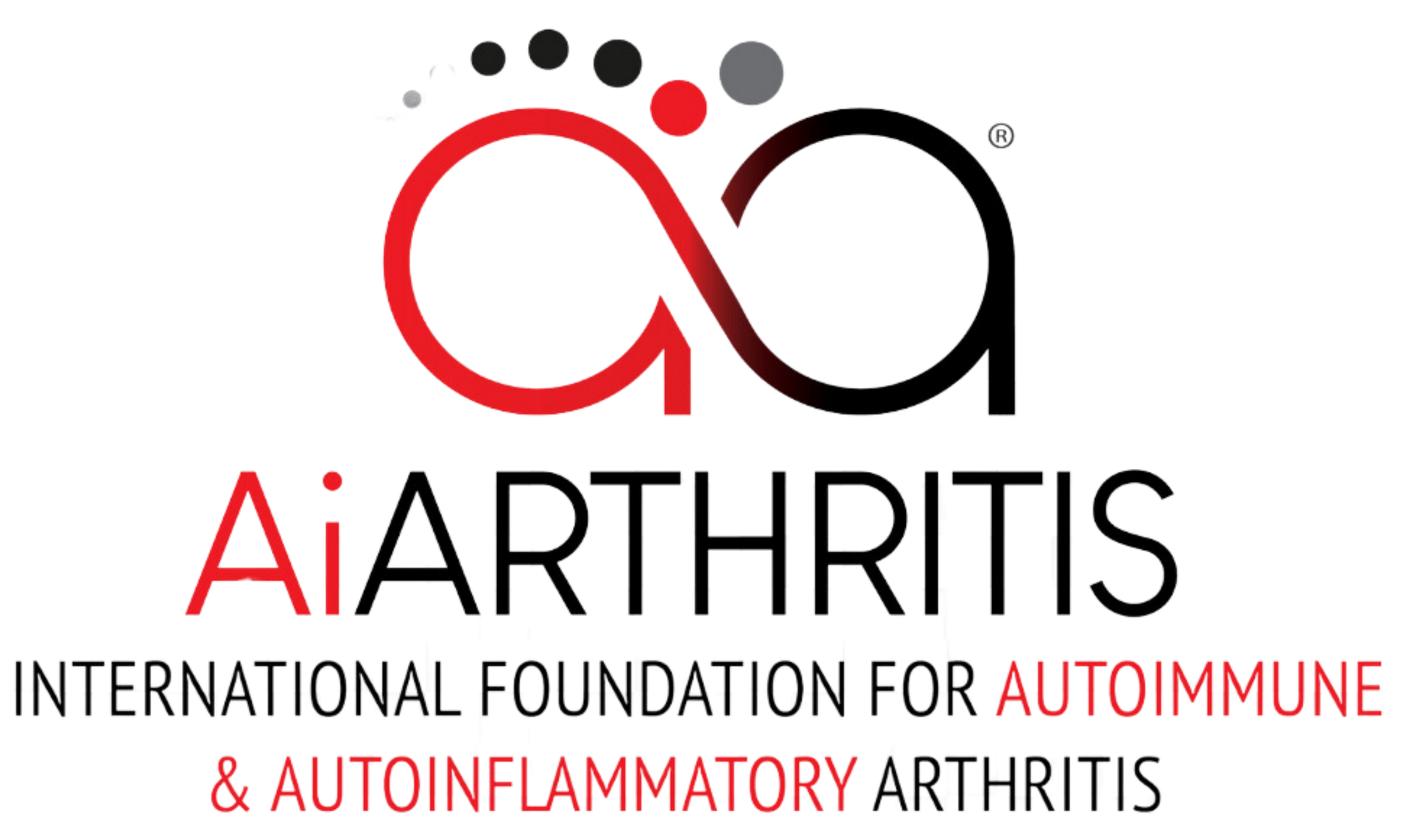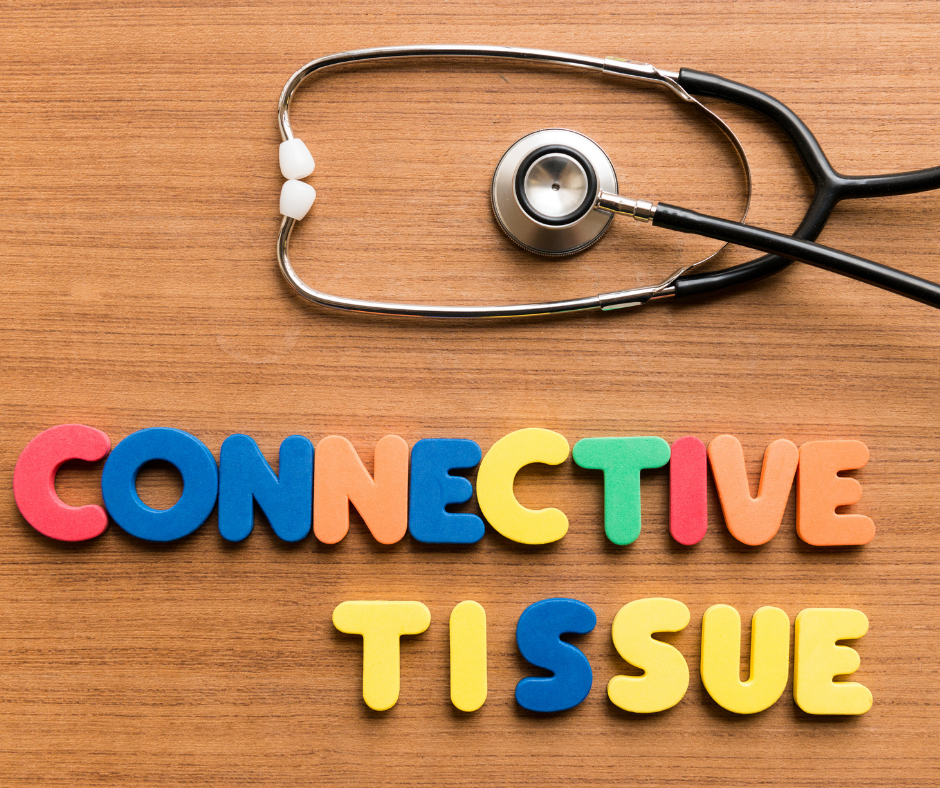Symptoms and Diagnosis
MCTD is marked by a range of symptoms that may vary widely among individuals. Common indicators include Raynaud's phenomenon, where fingers and toes turn white or blue in response to cold or stress, swollen fingers, muscle and joint pain, and skin rashes. Because of its overlapping nature, diagnosing MCTD can be challenging. Healthcare providers often rely on a combination of clinical evaluation, laboratory tests (including specific antibodies like anti-U1 RNP), and the presence of characteristic symptoms to confirm the diagnosis.
Causes and Risk Factors
The exact cause of MCTD remains unknown, but it is believed to involve a combination of genetic predisposition and environmental triggers that lead to an abnormal immune response. Women are more frequently affected than men, and the disease typically manifests in individuals between the ages of 20 and 40. Understanding the genetic and immunological factors at play is crucial for developing targeted treatments and improving patient outcomes.
Treatment and Management
While there is no cure for MCTD, treatment aims to manage symptoms, reduce inflammation, and prevent complications. Commonly used medications include nonsteroidal anti-inflammatory drugs (NSAIDs), corticosteroids, and immunosuppressive agents. Depending on the severity and organs involved, other treatments may include antimalarials, calcium channel blockers, and lifestyle modifications such as stress management and physical therapy. Regular monitoring and a multidisciplinary approach are essential for addressing the diverse challenges posed by MCTD.
Living with MCTD
Living with MCTD can be demanding due to the fluctuating nature of symptoms and the potential for serious complications. Patients often require support from healthcare professionals, family, and support groups to navigate the physical and emotional aspects of the disease. Raising awareness about MCTD and fostering a supportive community can make a significant difference in the lives of those affected.
Research and Future Directions
Ongoing research is vital for unraveling the complexities of MCTD and improving treatment options. Scientists are exploring the genetic and molecular mechanisms underlying the disease, aiming to develop more effective and personalized therapies. Increased awareness and funding for research can lead to breakthroughs that offer hope for better management and, ultimately, a cure.
For more information and resources on MCTD, consult healthcare professionals and trusted organizations dedicated to autoimmune disorders. By understanding MCTD, we can better support those living with this challenging condition and work towards a brighter future.







